FSP Aurum PT 1000W Power Supply Review
FSP's Aurum PT series PSUs are 80 PLUS Platinum-certified and fully modular. Today we will take a look at the series' 1000W mid-level unit.
Why you can trust Tom's Hardware
Packaging, Contents, Exterior And Cabling
Packaging


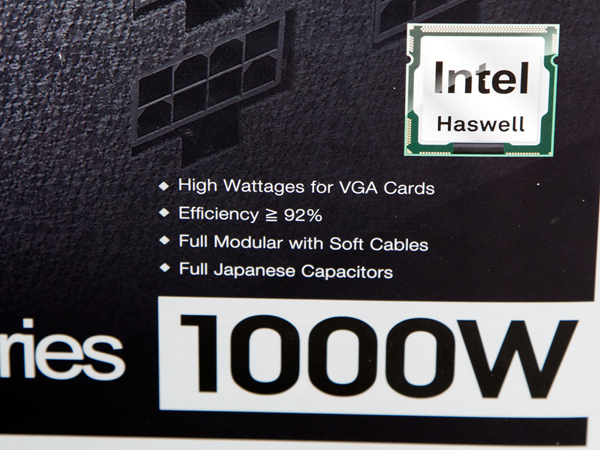
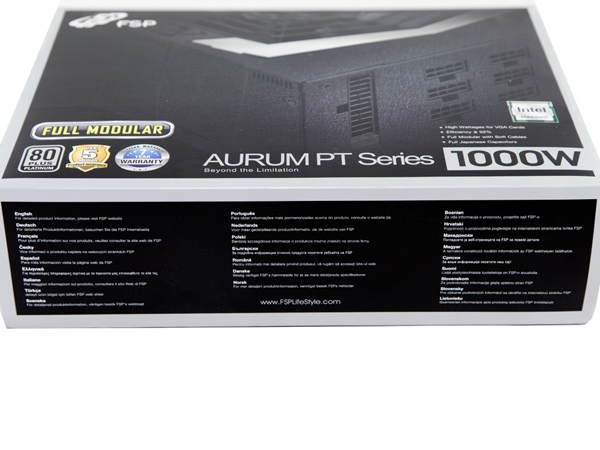
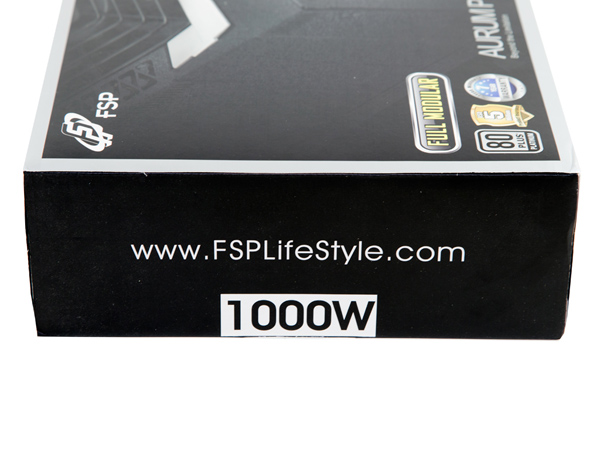




On the face of the package, we find a close-up photo of the unit's modular board. In the bottom-left corner, three icons depict the Platinum-rated efficiency, the seven-year warranty and the $5 million insurance policy that FSP provides in case its products damage system components. On the back of the box, there is a table with the PSU's power specifications, a features list and a couple of graphs featuring efficiency and output noise. There's also a useful scheme showing cable length and the available connectors.
Contents




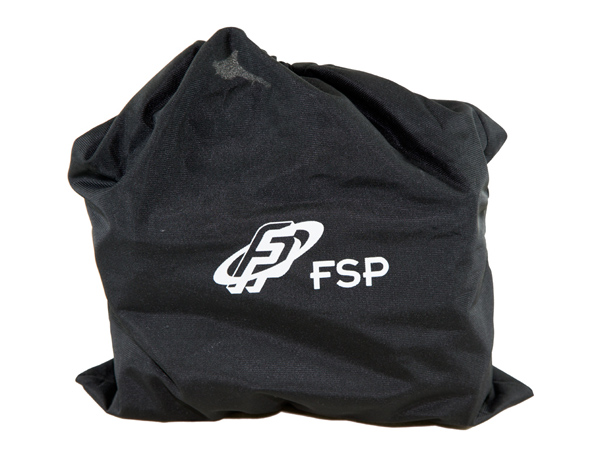

The PSU is well protected by packing foam inside the box. A cloth pouch displaying FSP's logo contains all of the modular cables and the few accessories that come with the unit, such as the AC power cord, several zip ties and a set of screws.
Exterior

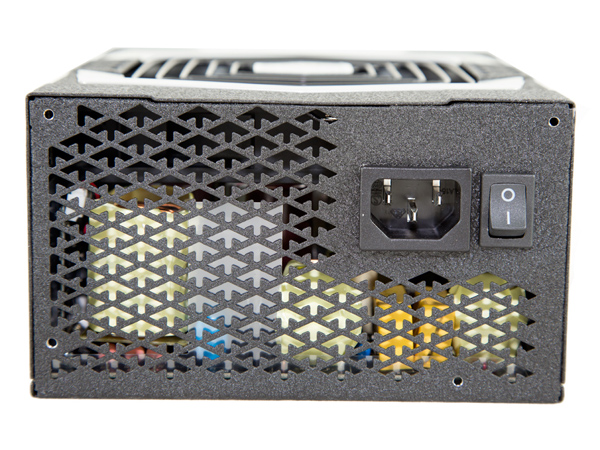





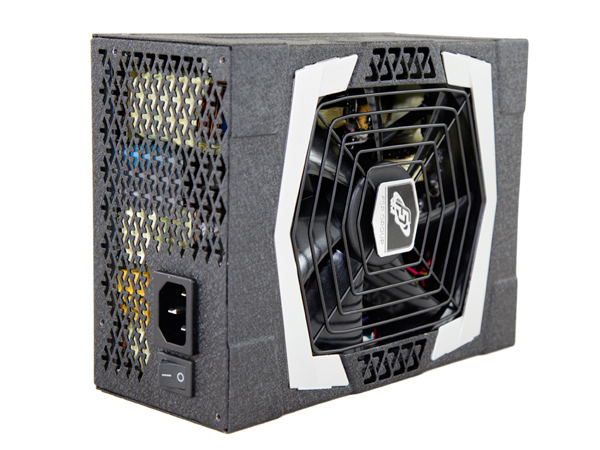



The PSU has a good-quality dark, matte finish. It looks unique too, thanks to the nicely designed fan grill with a silver frame around it and the arrow-style mesh on the unit's front side, which FSP claims increases airflow. At the sides of the unit, FSP's logo is stamped onto the chassis. Finally, the power specifications label is installed on the bottom.
The modular cable design has well-arranged sockets and includes a white connector right below the 24-pin ATX socket for extra sense wires. FSP uses them for better load regulation. For those of you unfamiliar with the term "load regulation," this describes the steadiness of the DC outputs of a PSU throughout its entire operational range. Tight load regulation means that the rails have very small deviations at high loads compared to light loads. Loose load regulation, on the other hand, describes large deviations.
The external design of its top helps this unit stand out from the crowd. If the PT-1000FM's performance matches its good looks, then FSP will have hit the jackpot with this one, since a good product in the high-end PSU category will help improve the company's prestige.
Cabling
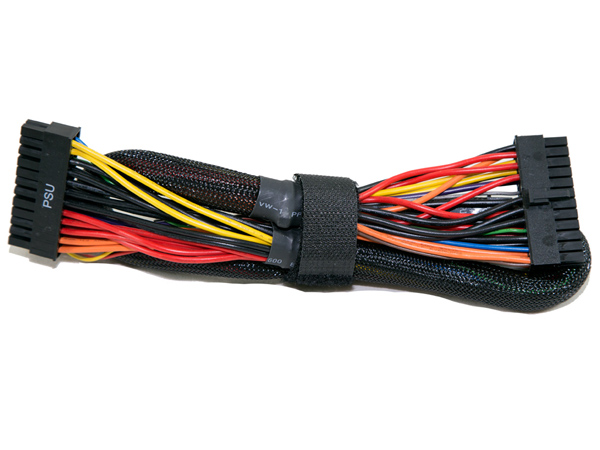





The main ATX, EPS and PCIe cables aren't stealth or flat, which is strange on a high-end PSU. Obviously, FSP decided to cut some corners in order to keep production costs low. On the other hand, the peripheral cables are flat and stealth, aiding cable management while providing a better look inside of black cases. However, the final result might look kind of strange, given plain, non-stealth cables mixed in with the flat ones.
Get Tom's Hardware's best news and in-depth reviews, straight to your inbox.
Current page: Packaging, Contents, Exterior And Cabling
Prev Page Introduction Next Page A Look Inside And Component Analysis
Aris Mpitziopoulos is a contributing editor at Tom's Hardware, covering PSUs.
-
Giannis Karagiannis Just ordered one! Very comprehensive review! It is a bit strange that thanks to your recent articles I can choose a power supply with much greater confidence than a CPU or VGA. Keep up the good work!Reply -
Vosgy ReplyJust ordered one! Very comprehensive review! It is a bit strange that thanks to your recent articles I can choose a power supply with much greater confidence than a CPU or VGA. Keep up the good work!
Man haven't seen anyone call them Video Graphics Accelerators in years, kudos to you good sir. -
Covaylent Nice work, Aris, as usual.Reply
Would you mind commenting on the infrared images? Some of those hotspots seem quite hot - am I just reading the images incorrectly? -
Aris_Mp Indeed some hotspots are very hot since I usually take this shots with the PSU operating at very high ambient temperatures. Some parts inside the PSU may operate at up to 100C under such conditions.Reply